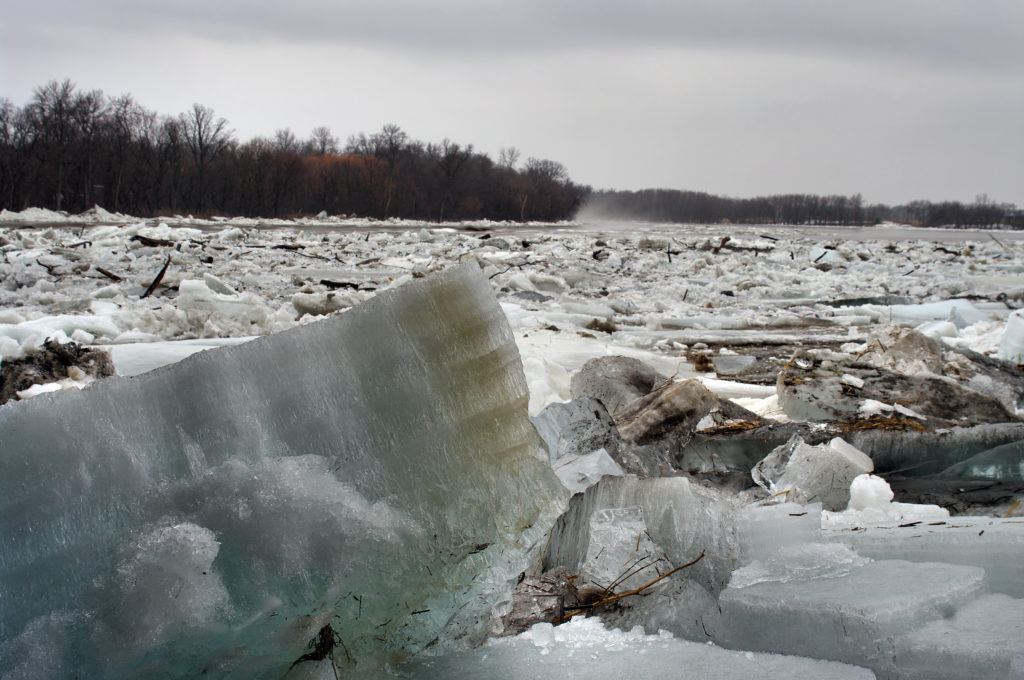A recent study conducted by researchers at the Global Institute for Water Security has analyzed river ice models to develop a better understanding of modelling mechanics and, consequently, how to manage river ice.
The study, Improved Understanding of River Ice Processes Using Global Sensitivity Analysis Approaches, used a new framework, variogram analysis of response surfaces (VARS), to get “a comprehensive spectrum of information about the underlying sensitivities of a model to its factors.” The researchers were looking to both verify and improve upon modelling of river ice “formation, transport, and decay.”
Razi Sheikholeslami, Ph.D. student and one of the paper’s authors, told Water Canada that “the main goal of this study was to identify the key factors which control ice dynamics and RIVICE model performance using advanced sensitivity analysis approaches.” The RIVICE model is a common one used in the development of river ice management plans. By analyzing the model, the researchers could better understand factors that influence river ice and how related parameters impact RIVICE modelling.

At the heart of the research was the desire of the researchers to understand the human impact on river ice. “The most challenging question regarding river ice is whether the anthropogenic driven forces (e.g. urbanization, climate and land use change) can change characteristics of ice regimes,” said Sheikholeslami. “Particularly river freeze-up or ice-cover breakup severity and timing, and to what extent it might affect the ice-induced floods and ecology of the rivers.”
The management is limited by the wide variation of the parameters used to calculate ice behavior, wrote the researchers. “This necessitates the development and use of advanced numerical models to understand physical processes affecting river ice, which will be useful in ice flood control and mitigation,” said Sheikholeslami. So, the team turned its analysis on the lower Dauphin River in Manitoba and examined how successful RIVICE was in predicting ice behavior. “The water levels simulated by the RIVICE model in the lower Dauphin River… are more sensitive to ice cover characteristics, due to the greater compaction and thickening of the ice cover along this steep gradient.”
The research team’s VARS method was effective in showing how fluctuating parameters affected RIVICE and, consequently, ice behavior and managmeent in the Dauphin.

“RIVICE simulations are also very sensitive to changes in upstream discharge, because the steeper slopes might form denser, more compact frazil ice covers, which are more sensitive to inflowing discharge than those in milder sloping sections,” said Sheikholeslami.
Ultimately, the results of the study “can help to provide guidance on the design of the flood mitigation scheme along the lower Dauphin River,” said Sheikholeslami. “For example, having the discharge as a very sensitive parameter to the ice cover formation and backwater staging justifies the diversion of water from the Dauphin River via the Emergency Outlet Channel.”









